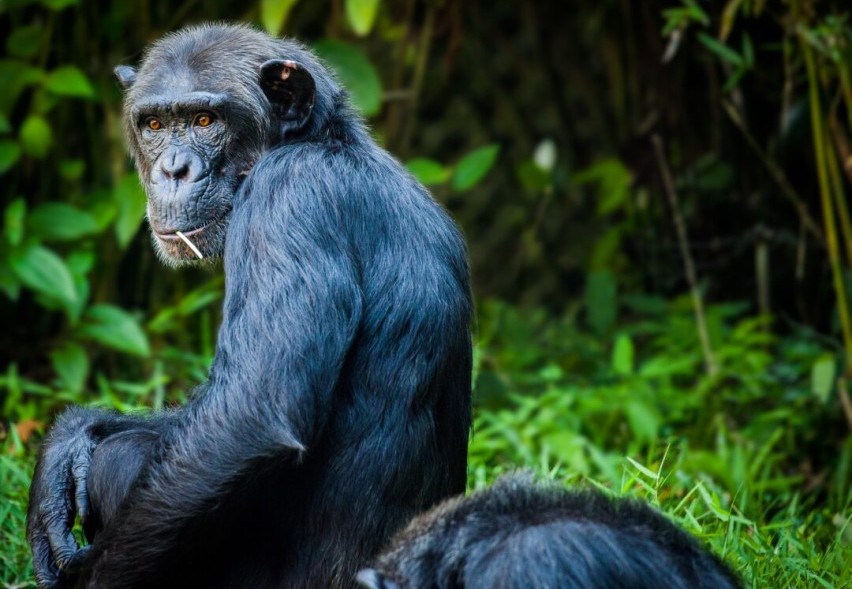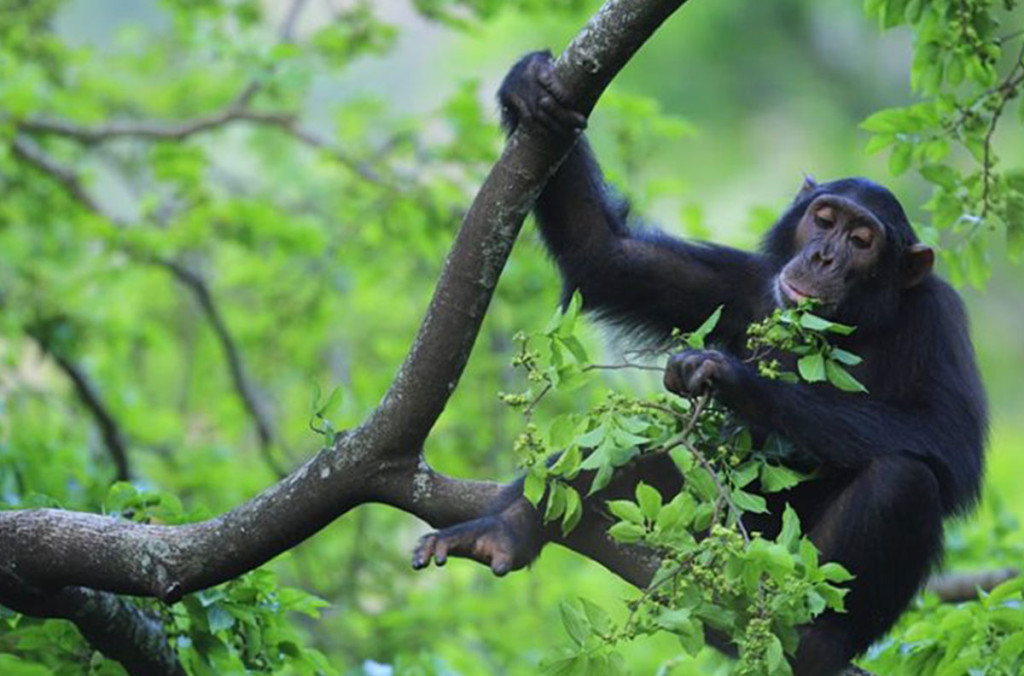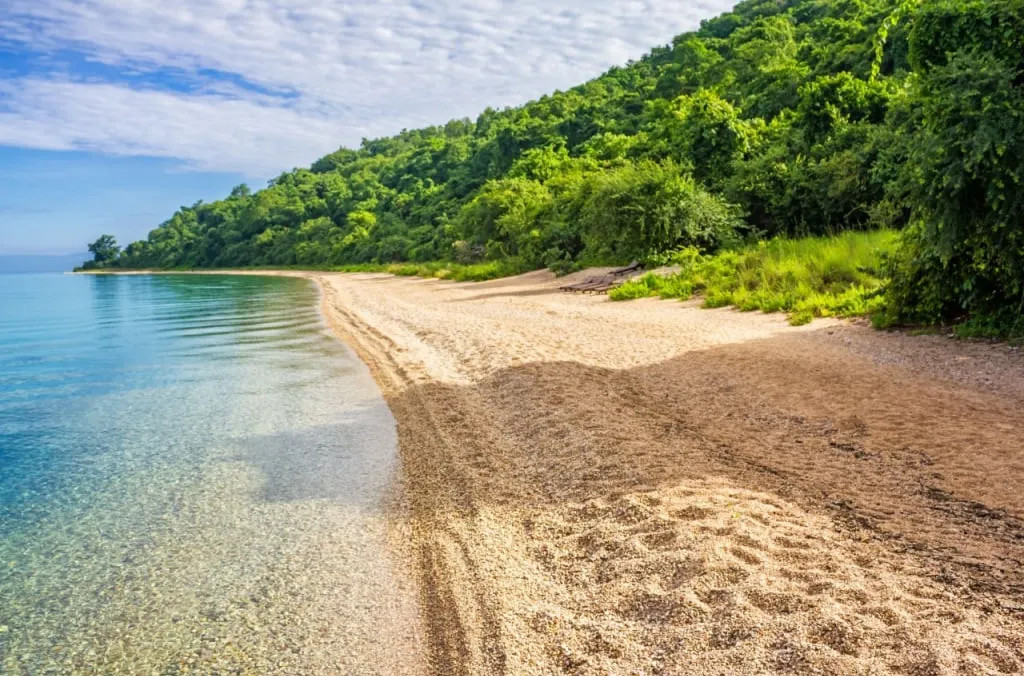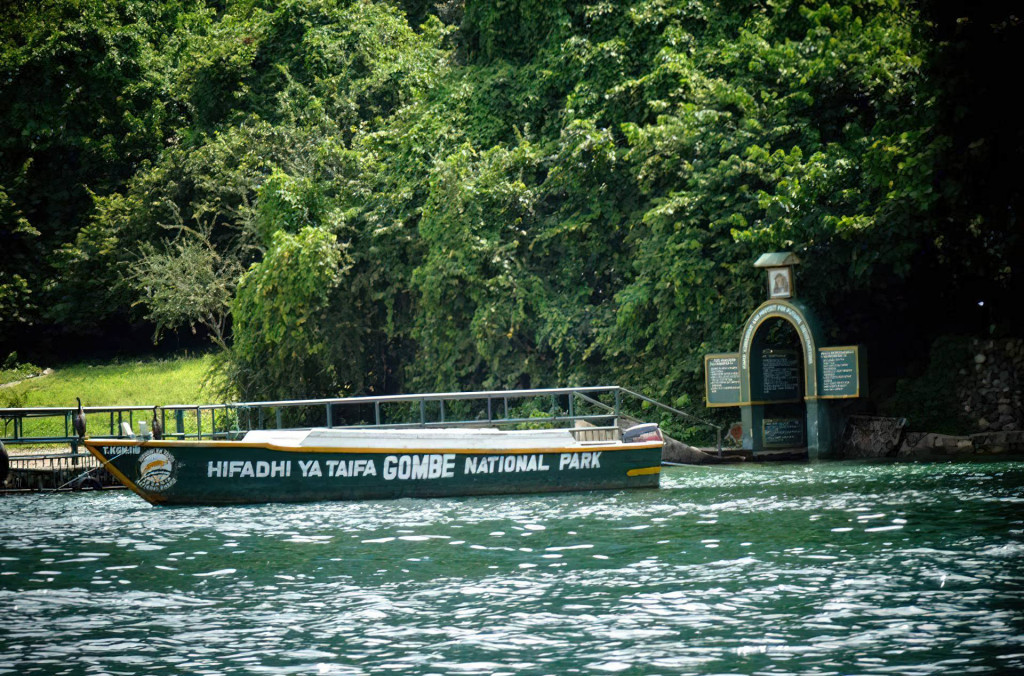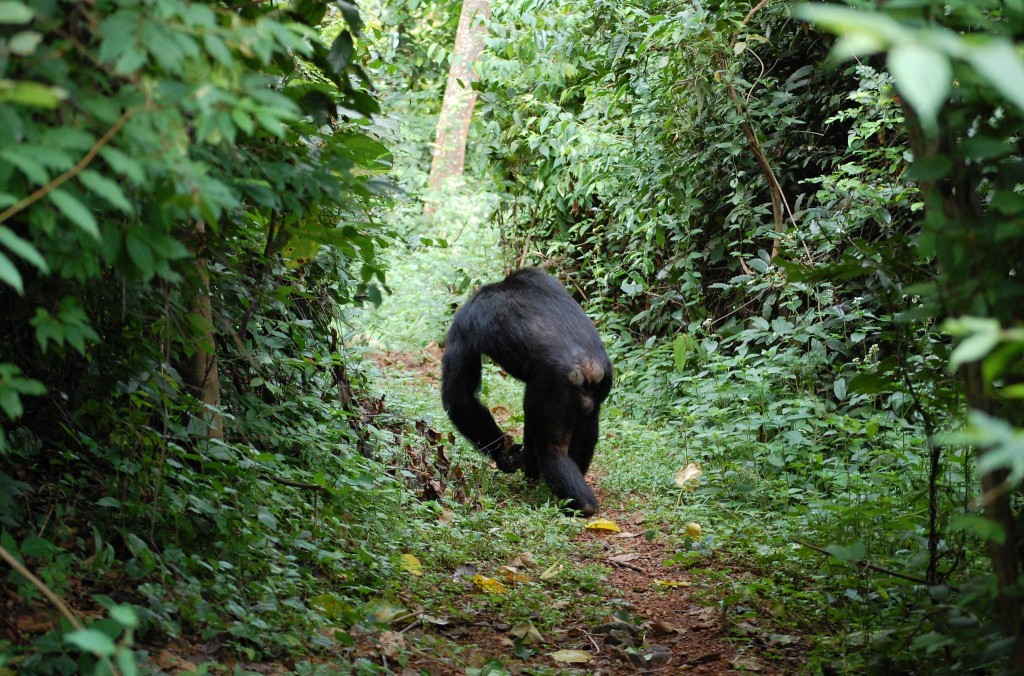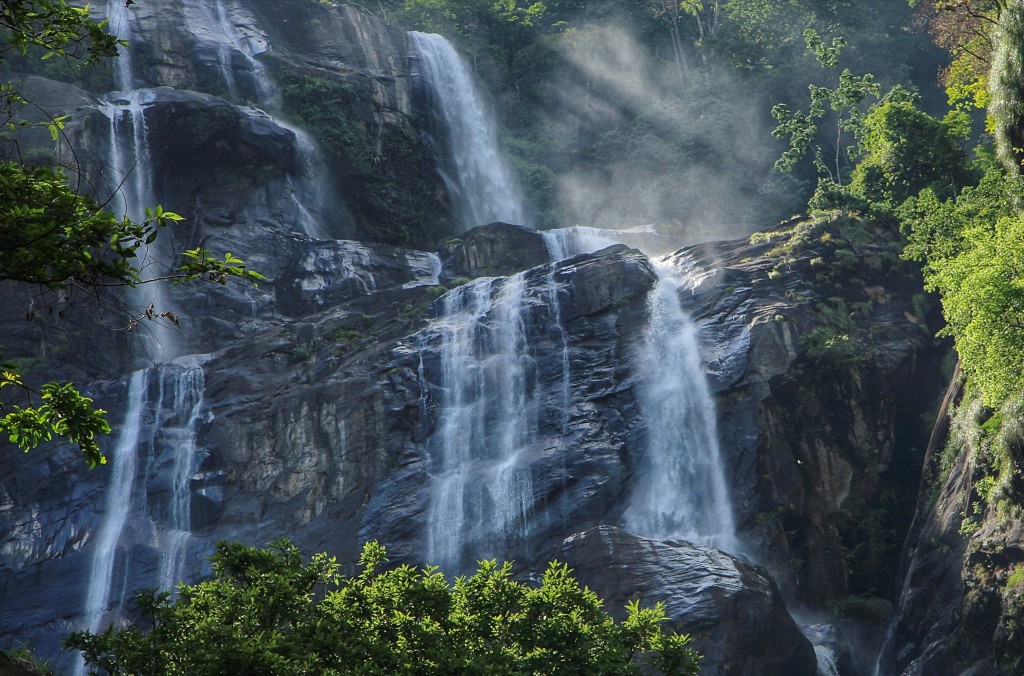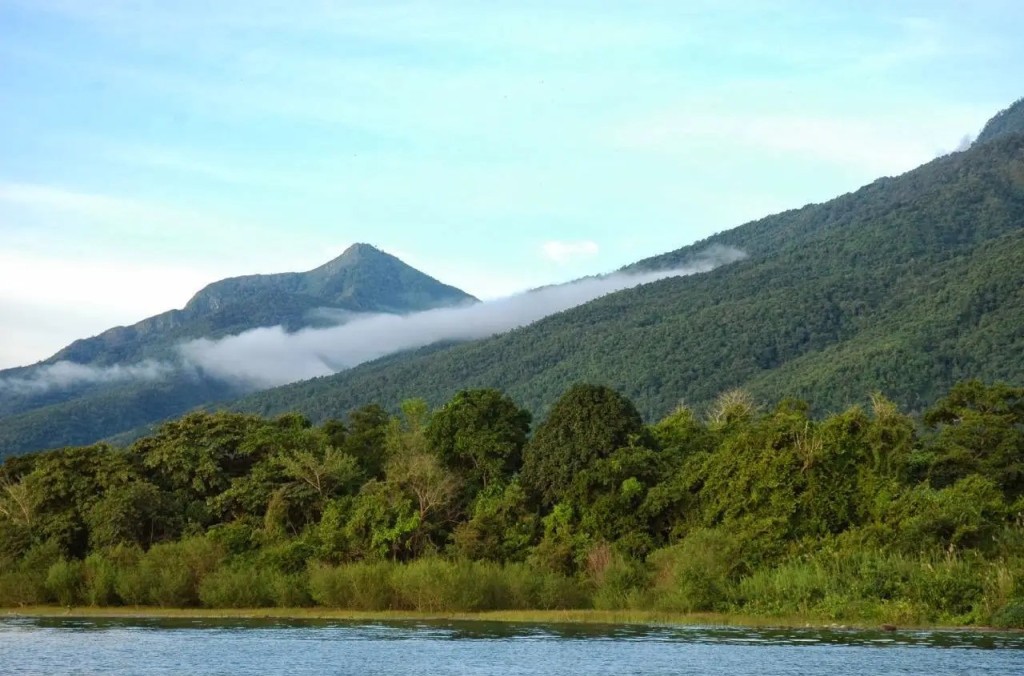GOMBE STREAM NATIONAL PARK
- Country: Tanzania
- Location: North Western Tanzania
- Language Spoken: Swahili
- Area (Km): 35 Km Squares
- Visa Requirement: yes
Gombe Stream National Park, situated on the eastern shores of Lake Tanganyika in western Tanzania, is a world-renowned destination famous for its chimpanzee population and the pioneering research conducted there by Dr. Jane Goodall. Though one of Tanzania's smallest national parks, its scientific importance and pristine setting make it an unforgettable experience.
Key features
- Jane Goodall's Legacy: The park gained international fame through Jane Goodall's groundbreaking research on chimpanzee behavior, which began in 1960 and continues today. She revolutionized our understanding of primates by revealing their intelligence, complex social structures, tool-making abilities, and emotions.
- Chimpanzee tracking: Gombe is one of only two places in Tanzania where you can trek to see wild chimpanzees. Guided forest walks lead visitors to communities of habituated chimps, providing a rare opportunity to observe these endangered primates in their natural habitat.
- Other primates: Beyond the famous chimpanzees, the park is home to a diverse population of other primates, including olive baboons, red colobus monkeys, red-tailed monkeys, and blue monkeys.
- Diverse ecosystems: Despite its small size, the park features a variety of habitats, including steep valleys, lush tropical rainforest, grasslands, and the white-sand beaches of Lake Tanganyika.
- Rich birdlife: With over 200 recorded bird species, Gombe is also an excellent destination for birdwatchers.
- Lake Tanganyika: The park's border with Lake Tanganyika offers opportunities for swimming, snorkeling, and boat safaris to see the lake's rich aquatic life, including a high number of endemic cichlid fish.
How to visit
- Access by air: The most common way to get to Gombe is by flying from major cities like Dar es Salaam or Arusha to Kigoma.
- Access by boat: From the town of Kigoma,
Gombe National Park is only accessible by boat via Lake Tanganyika. Visitors can arrange for private speedboats or take a scheduled "lake taxi".
- Remote location: The park is located on Tanzania's remote western safari circuit, so a visit typically requires careful planning and multiple travel legs. Its remoteness means fewer crowds and a more intimate experience.
Best time to visit
- Dry Season (June–October): This is the best time for chimpanzee trekking, as the chimps tend to stay on the lower slopes and trails are drier and less slippery.
- Wet Season (November–May): During the wetter months, the forest is lush and green, and the waterfalls are more impressive. This season is also ideal for birdwatching, though the trails can be muddy and the chimps may be harder to find.

